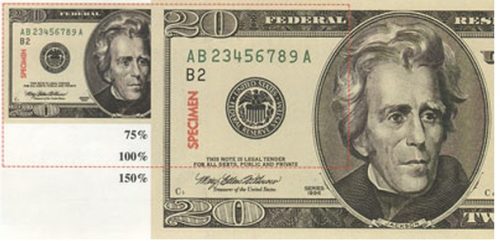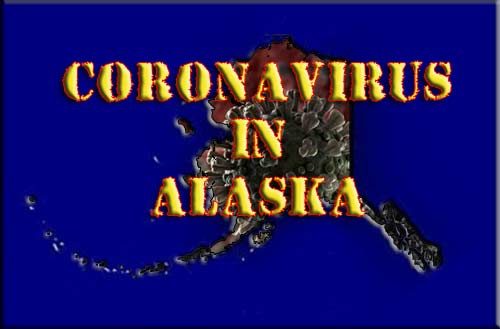
It was announced on Monday by US Atty. Karen L Loeffler of the Justice Department that three individuals were charged in two separate indictments for multiple counts of passing counterfeit money. Two of those charged were also charged with conspiring to make counterfeit currency.
Anchorage resident, 42-year-old Eugene David Downey Junior, was indicted on four counts of passing counterfeit money in several stores around the Anchorage area. According to that indictment Downey had passed several counterfeit $50 bills at stores in the Anchorage bowl between August and November of 2013. Downey is currently in state custody.
Two other defendants, 28-year-old Matthew Lee Daley, and 30-year-old Christa Louise Speiser, both of Chugiak, were charged in a seven count indictment for conspiracy and passing counterfeit money in the Eagle River area. Speiser was charged in 4 of the 7counts.
Daley and Speiser, according to the indictment, passed several counterfeit $100 bills in Eagle River stores on November 7, 2013. The two made the counterfeit money using a computer and a laptop at their residence.
Daley was arrested on his charges on Friday. authorities issued an arrest warrant for Speiser.
In both of the unrelated cases, the counterfeit money was made using real federal reserve notes, one dollar and five dollar bills. The defendants bleached out the real currency and reprinted the blank bills and $50 in $100 denominations.
“Each year, hundreds of counterfeit bills are passed in Anchorage causing financial hardship to those who unwittingly accept the missed payment. Counterfeiting is a serious crime, and it is important that we deter those who would consider creating or using fake currency,” said Kevin Feldis the chief of the criminal division at the US attorney’s office.
All three defendants face a maximum sentence of 20 years in prison and a fine of $250,000 or both according to Aunnie Steward, Assistant US Attorney. But, the actual sentence will be based upon the seriousness of the offenses and prior criminal history of the defendants.
Both cases were investigated by the US Secret Service and the Anchorage Police Department.
Bleaching and re-printing counterfeit currency is the most common means of counterfeiting money. Using this method of counterfeiting, the bill will easily pass the pen test. But, the easiest way to detect counterfeit currency made in this manner is to hold up the bill and move it from side to side. Real United States currency uses color shifting ink that changes from green to black as you move the bill, counterfeit bills do not have this ability.




